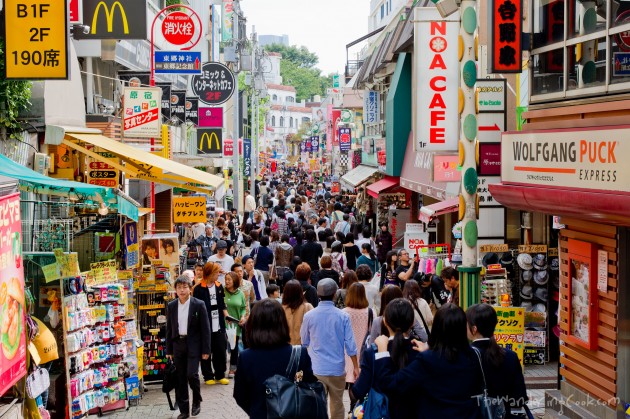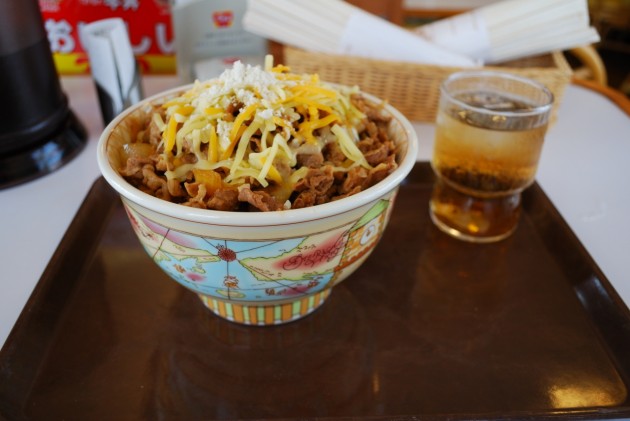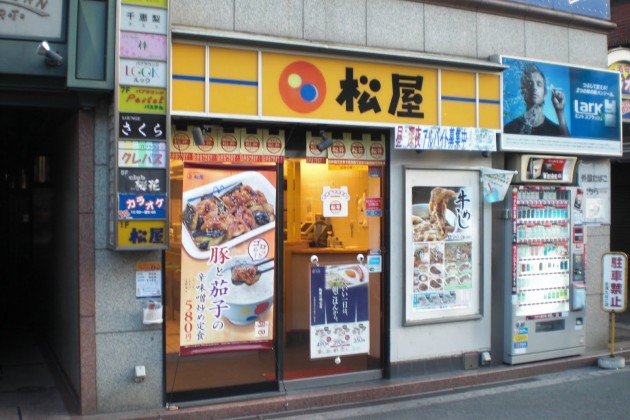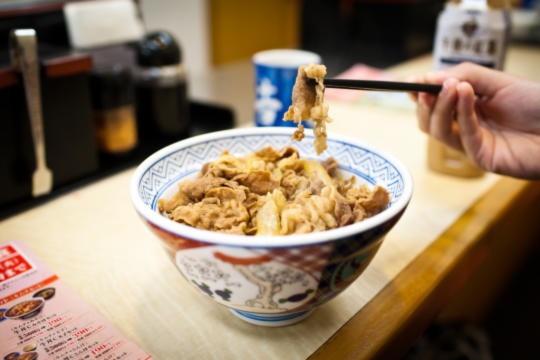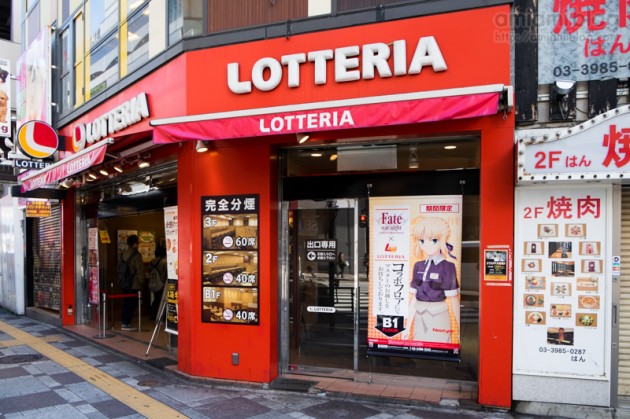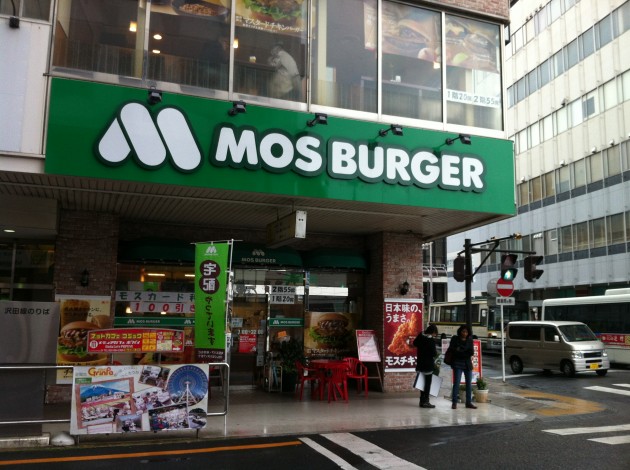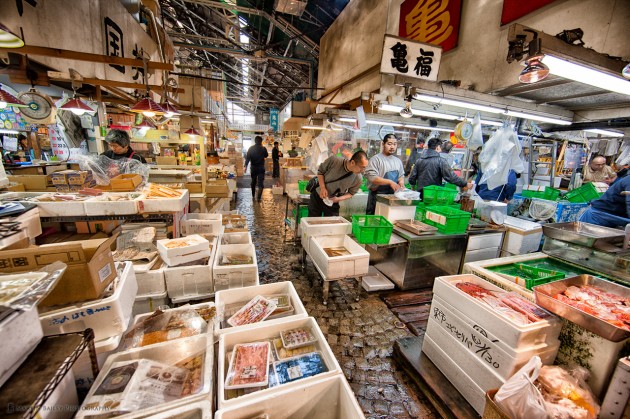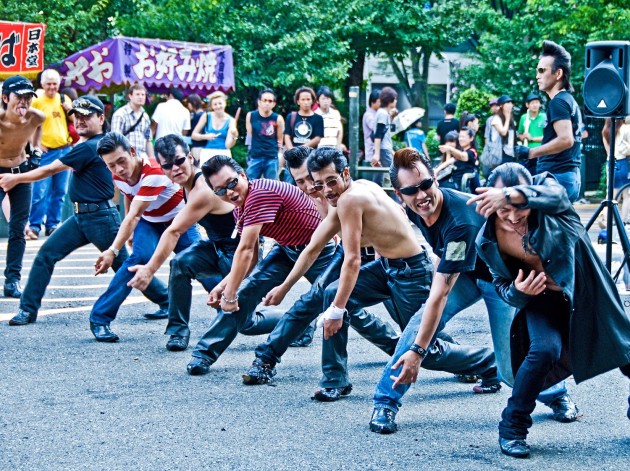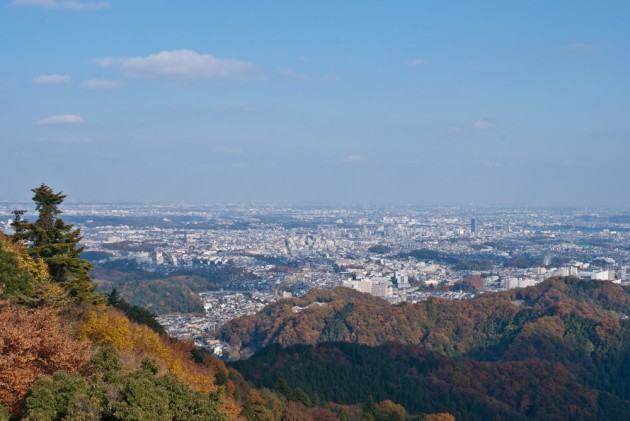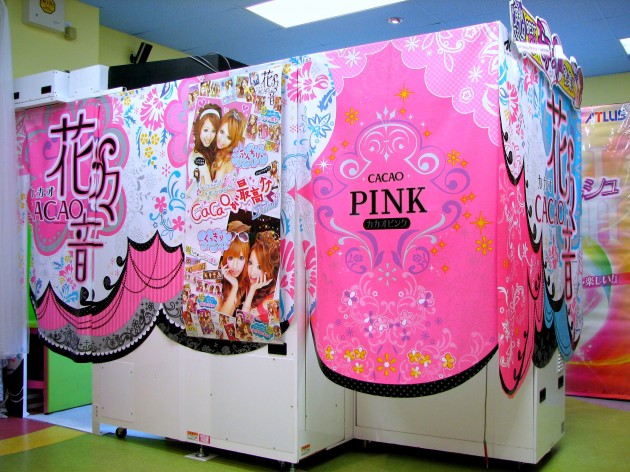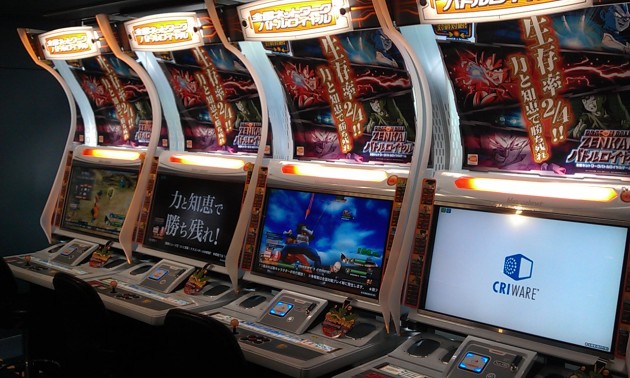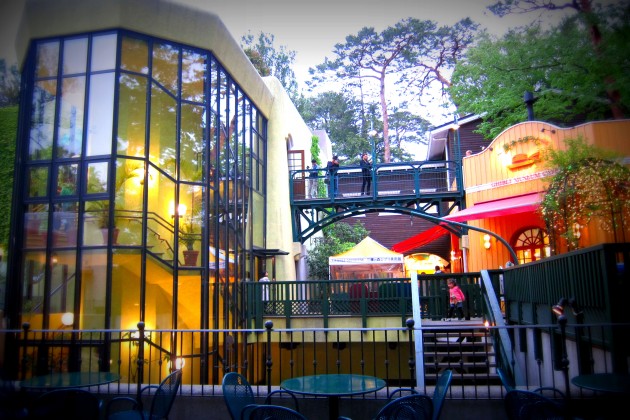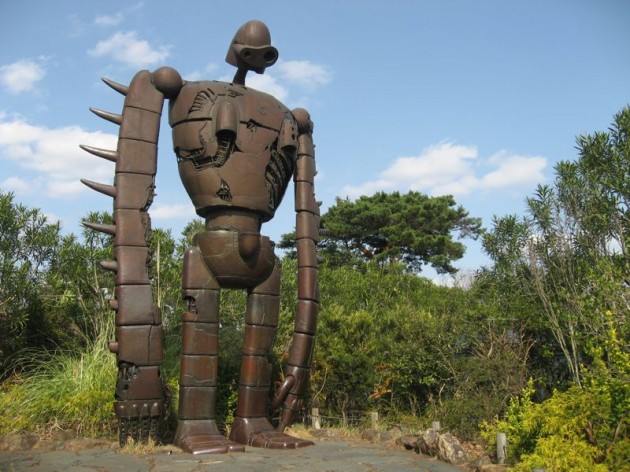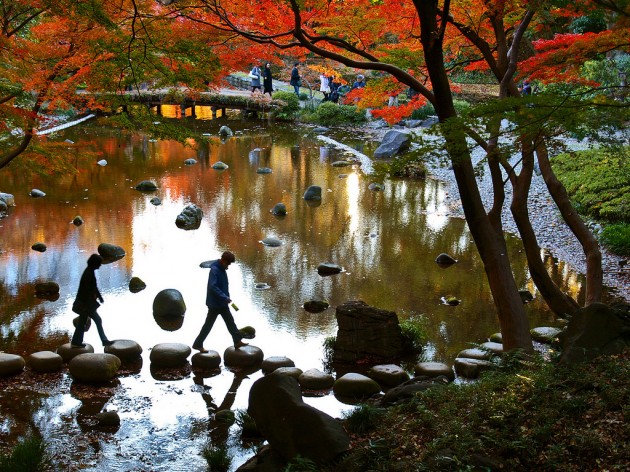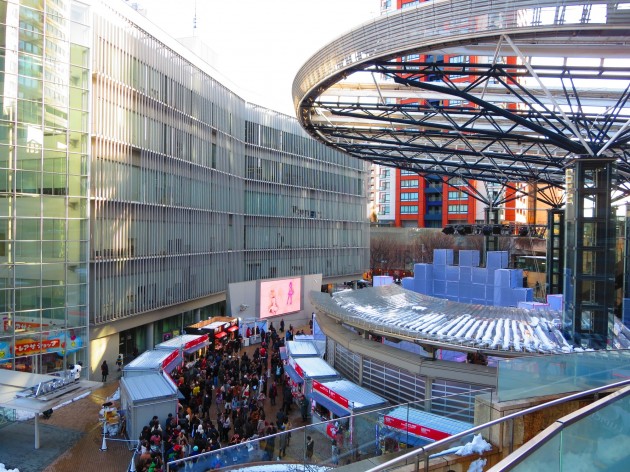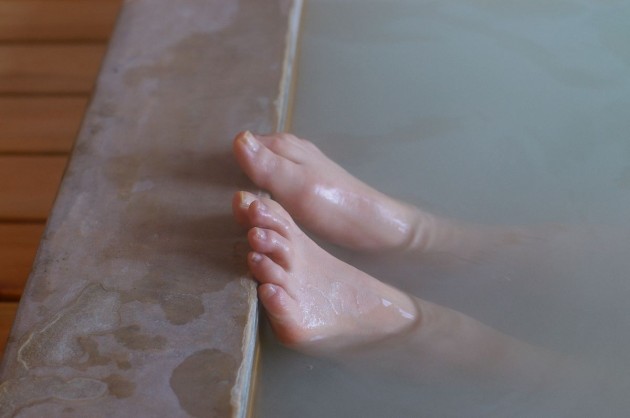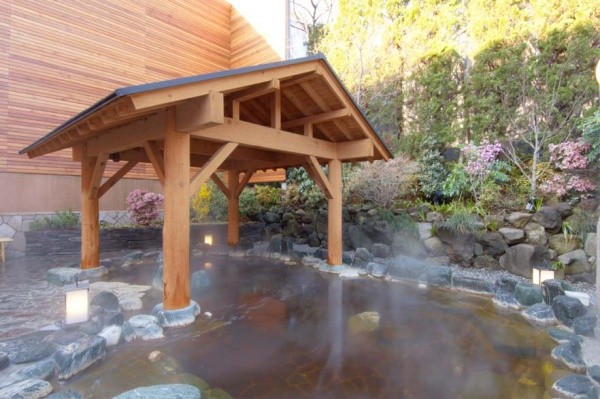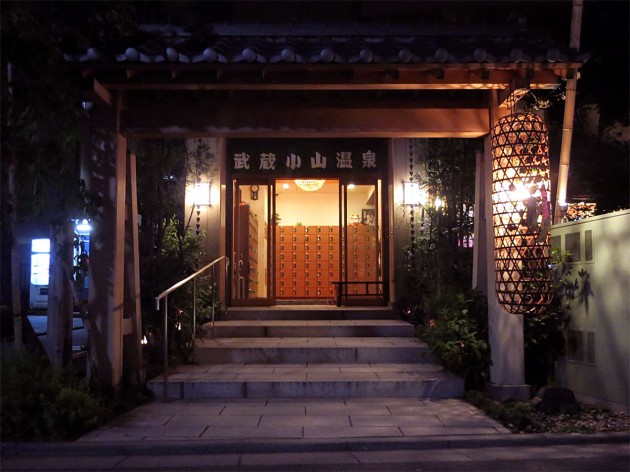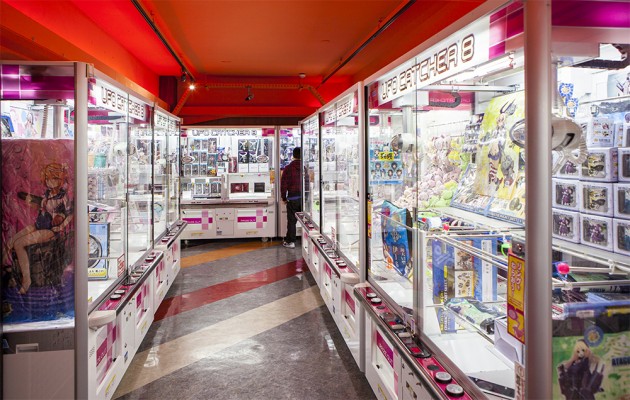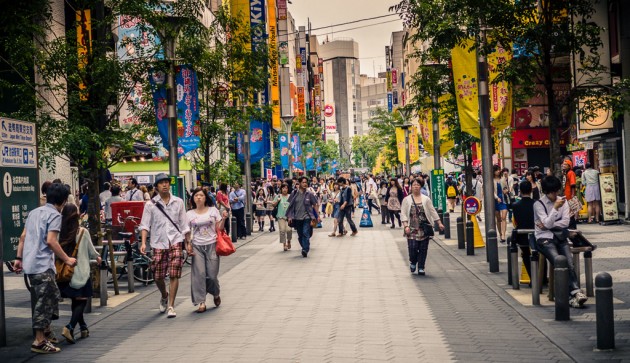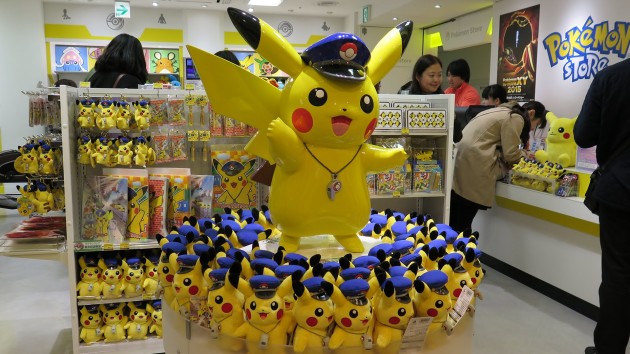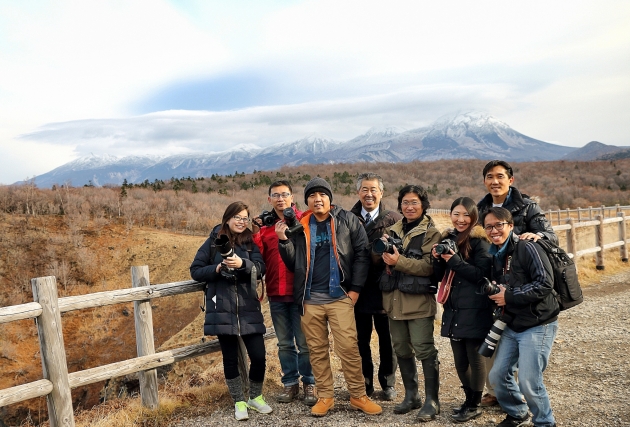Life In The Big City
Ah, Tokyo: We meet again. As I waxed lyrical about your intricacies and delicacies, I realised how many of your streets I had not walked, how much of your culture I had missed, how much of you I had not actually seen. It’s still easy to get lost in your beauty.
Before you read this, we suggest you read Part 1 of our guide to Tokyo. You’ve done everything on the list? Great! But you know a piping hot bowl of Japanese culture’s not enough, you want the miso soup and the saké too. Well, we have just the thing. Be sure you don’t miss out on anything in Tokyo – here’s 16 more things you can do under $11 (¥1000) in this wild and happening city.
1. Up close and personal with a larger-than-life Gundam on Odaiba Island
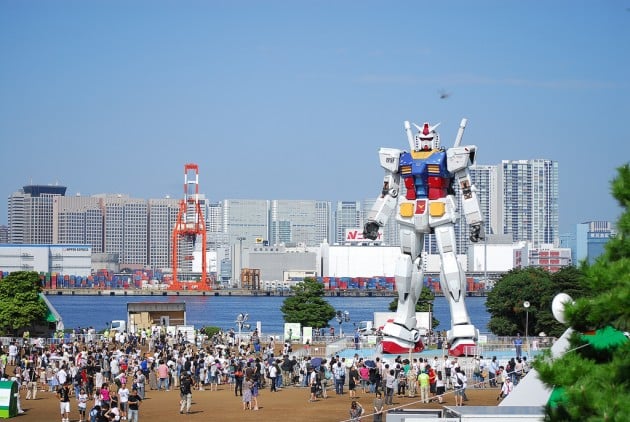
Source Now that is some real firepower.
If you’re a fan of the Gundam anime series, you’ll want to make the journey down to DiverCity Tokyo Plaza on Odaiba Island. It’s a decent shopping and entertainment complex in its own right, but what makes it stand out from other buildings is – well – the giant Gundam guarding the entrance. This isn’t any ordinary island. 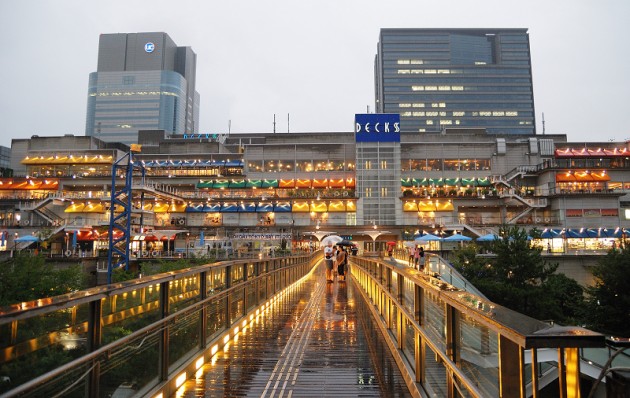
Source
There’s a lot more to see besides the Gundam on Odaiba Island, such as Aquacity, a shopping mall with a ramen food theme park where you can try ramen from all over Japan. There’s also Decks Tokyo Beach, which includes a Madame Tussauds and a Legoland Discovery Centre.
Cost: Free
Where: Shimbashi Station (JR Yamanote Line / Ginza Line), take the Yurikamome Line and alight at Daiba Station, walk to DiverCity Tokyo Plaza.
Updated 24 April 2017: We hear the Gundam has since been taken down!
2. Experience uniquely Harajuku fashion
Okay, you’ve shopped at the largest Daiso. Now what? Explore the area, of course! Harajuku is unofficially known as Tokyo’s youth fashion capital. Keep your eyes peeled and you’re likely to see fashion styles you never even knew existed. 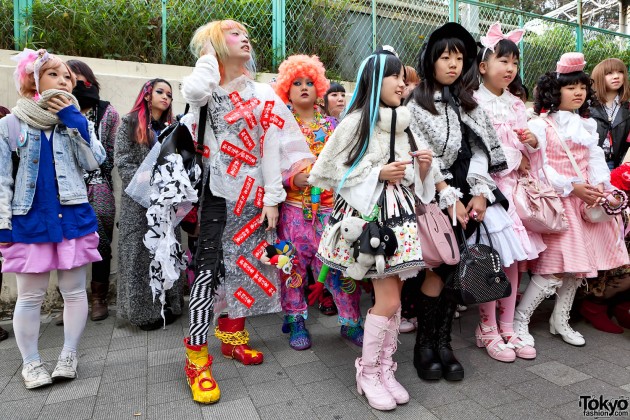
Source
There’s an entire subculture to be found in this neighbourhood, which may feel more like a New York borough than a Tokyo district. International clothing brands like GAP and H&M have all set up outlets here. Places you may want to visit include LaForet, a multi-storey department store, and the streets around Meijijingumae station.
Where: Meijijingumae station / Harajuku station
3. Get a hot and cheap meal at fast food restaurants
Japan’s home-grown fast food chains are generally healthier and more packed during peak hours than Singapore fast food chains. If you’re looking to save money and get a cheap and quick Japanese meal, you’ll want to eat at one of these outlets at least once.
To get your meal, first go to the vending machine and select your choice of meal. Insert the requisite amount of money, and you’ll get a small printout coupon. Give this coupon to the counter staff and take your seat – your food will be along shortly. Some places will serve your food to you, but others will ask that you collect it from the counter yourself. Just keep an eye out for what the locals do and follow suit.
Matsuya
With over 800 stores, Matsuya is one of Japan’s largest fast food chains. Their signature dish is the beef bowl – I got mine with a tamago (egg) on top. Be sure to keep an eye out for this logo as their signs don’t appear in English. I remember this as the ‘squirrel restaurant’ because the first character on the sign – 松 – is the same as squirrel in Chinese – 松鼠.
Yoshinoya
The Japanese version is quite different from the one we’re used to. For one, you can customise your bowl size and choose what toppings you like – egg, spring onion, extra beef. There’s also a wide variety of bowls besides the traditional beef bowl.
Lotteria
An interesting story about Lotteria is that it is the oldest local chain to compete with Ronald McDonald and Colonel Sanders that is still going strong throughout the country. I found it quite similar to McDonald’s though, as many of its offerings, like the hamburger and cheeseburger, were middle-of-the-road. However, my friend did mention that they have very cheap family meals.
MOS Burger
This is one chain where the Singapore menu stays largely faithful to the Japanese one. Most of their burgers come with a thick and sloppy sauce, which is messy but tasty. If you’re a fan of the brand in Singapore, you’ll want to pop into a MOS in Tokyo to try their unique burgers.
Other fast food chains you may want to try in Tokyo include Freshness Burger, Sukiya (not the Singapore hot-pot version), and First Kitchen.
Cost: Beef bowls start at ¥400
4. Tsukiji Fish Market
Probably the most famous fish market in all of Asia, I’ll readily admit that I didn’t get up in time to see the world-famous auctions. When we reached at 8 am, business was already starting to wind down and all we saw was fish being packed. Fret not, even if you arrive too late, you can still have one of the freshest sushi breakfasts you’ll ever have.
We heard from a smart local traveller, Bryan Lim, who visited the market recently, and here’s what he had to say about his experience there:
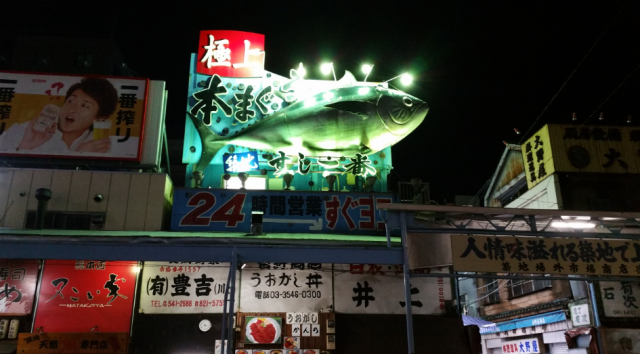
Photo source: Bryan Lim
“Personally, I recommend to wear covered shoes and bring a jacket in as the auction will be held at cold temperatures. Also, bring along some entertainment that will last you about 2 to 3 hours. I recommend a book or an iPad with enough batteries for the night…and I will explain why you need it.
The fish market auction only allows up to 120 people a day. They are divided into 2 groups – the first 60 in green jackets and the next 60 in blue. The market is very strict on enforcing this so if you snooze, you lose. I reached the place at about 3.35am and the room contained over 90 people. So do arrive on time or you will be turned away (for my session, the doors closed at 3.55am).Subways don’t run past midnight, so how do you reach the market in the morning?
Options:
Hotels – There are capsule hotels located near the market (about a 10min walk) so you can decide to stay there for about ¥7000 – ¥8000 a night.
Cab – A cab from Shinjuku to the market past midnight cost about ¥4500. This is probably the most straight-forward option to visit the market. Avoid the black cabs as they are more expensive as compared to the white ones.
Manga Cafe – Near the marke there is a place called Com Com Manga Cafe. It is located directly outside Higashiginza station. You can choose to reach the cafe just before midnight, and get a 3 hour package which costs ¥990. Catch a short nap (I recommend bringing blindfolds – or buying there at ¥150) and leave the place at 3am – enough time for you to reach the market. Note that the cafe is located on the third floor!
The waiting room is about 5 minutes from the outer market. Do not be fooled by the quiet surroundings outside the waiting room because the room will be filled with travellers from all over the world. The auction starts at about 5.30am and so you will have to endure a 2 hour wait…and wait…and…you get it. Bring a book or make sure you have sufficient entertainment. Sit down because your legs will hurt from 2 hours of standing. It is noisy and packed so sleep is out of the question.
Enjoy watching the auction but respect the market, its people and its traditions. No flash photography as it will interfere with the auction, no walking outside the designated areas as vehicles are swarming from all directions.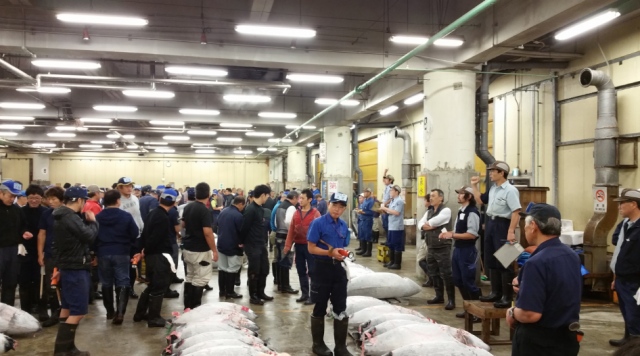
Photo source: Bryan Lim
Buyers sample the tuna by prying out a small piece of meat the size of a slice of fish and examine it with flashlights. Then, when the bell rings, the auction begins!
The first thing you will notice is that there are 3 – 5 auctions happening at the same time. The fish will be called, one after the other to be auctioned. If a buyer wants to place a bid, he uses a very fast hand signal to show his price. The most fascinating part? The caller uses different “tunes” to signal the start and end of each fish auction. Definitely one of a kind. The entire auction will last about 45 minutes. Remember to return your jacket when it’s all said and done!
When you are done, do visit the outer market as they sell fresh fish in bowls or sushi. You heard it – sushi / sashimi for breakfast! Also, you can buy souvenirs like Japanese cutlery, dried snacks or teas.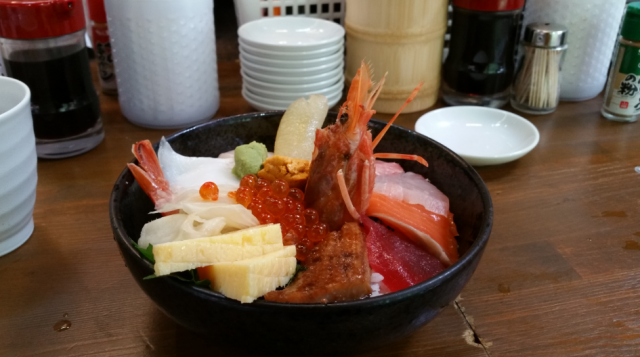
Photo source: Bryan Lim
Overall, it was a unique experience and I was glad to have tried it. I also heard that the market is moving in late 2016 so do catch it if you have the opportunity soon!”
Note: The sushi here is significantly more expensive than the ones you’ll find at regular sushi restaurants. Entrance to the auctions are free, although slots are limited to 120 per day on a first-come, first-served basis. For more info, click here.
Cost: Free
Where: Tsukiji-Shijo station (Oedo Line) or Tsukiji Station (Hibiya Line).
5. Jive with the “Elvis Dancers” at Yoyogi Park
This attraction is rarely mentioned in guidebooks and travel websites. You also gotta be lucky to catch them – you need to be at the Harajuku Gate of Yoyogi Park on a Sunday at 2pm. I’m reminded of the Neopets dailies where you have to visit the Snowager at a fixed time or he will blast snow at you. 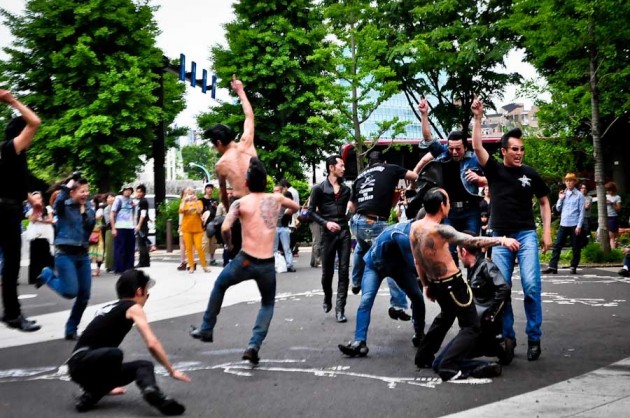
Source
Anyway, if you’re timely and lucky enough, you’ll be able to catch a group of Japanese Elvis freaks who seem to have popped out of the musical Grease. They dance in groups and try to outdo each other’s dancing. My friend saw a little boy join in and dance with them. He didn’t know the moves, but he knew how to try. If you’re feeling game, join in and don’t be afraid to embarrass yourself. 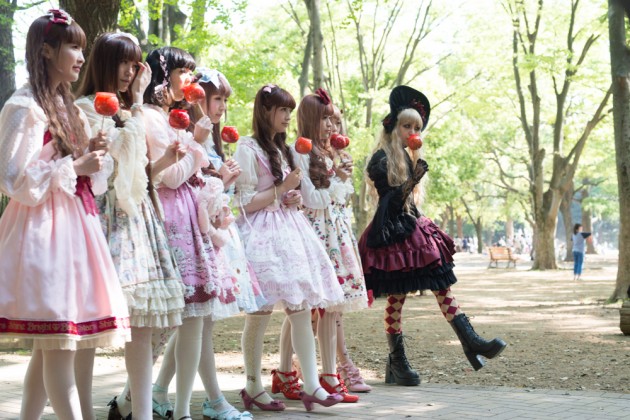
Source
There’s other things to see as well – keep your eyes peeled for gothic lolitas, cosplayers and street performers and musicians.
Cost: Free
Where: Harajuku Gate, Yoyogi Park. 5 minute walk from Harajuku Station.
6. Climb Mount Takao
Mount Fuji isn’t on this list because it’s prohibitively expensive. But Mount Takao is just 390 yen and 50 minutes away from Shinjuku Station. From Takaosanguchi Station, you can walk up to the 599 meter high summit, or you can take a cable car or chair lift halfway up. The summit has an observation deck which looks over Tokyo and can see Mount Fuji on clear days.
Source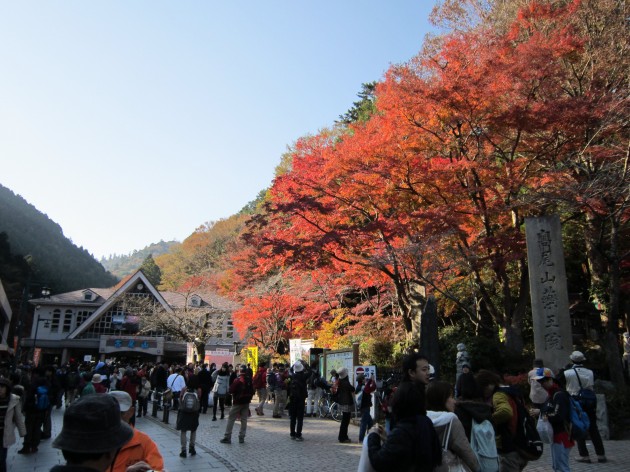
Source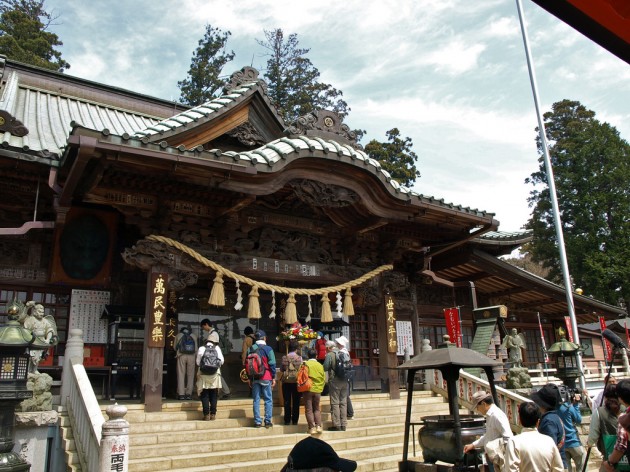
Source
There’s actually a lot to see here, including a monkey park. the attractive Yakuoin temple, and autumn foilage. If you’re looking for a break from the concrete jungle of Tokyo, this is a great place to spend a day.
Cost: Free (cable car rides and chair lifts cost ¥930 for a round trip)
Where: Take the Keio Railway line from Keio Shinjuku Station to Takaosanguchi Station. Keio Shinjuku is located below the Keio Department Store in Shinjuku.
7. Slurp On Some Soba
In our earlier guide, we discussed ramen and sushi. Now, we’d like to suggest trying some soba. Many people, myself included, are still confused about the difference between udon, soba and ramen. They’re all noodles, aren’t they? Well, here’s an abridged guide to the difference.
Soba: Made from thick buckwheat flour and have a strong and nutty flavour.
Udon: Chewy, soft and thick wheat noodles. As they have a neutral flavour, they can be used with strongly-flavoured dishes.
Ramen: Also made from wheat, but much thinner and longer than udon. 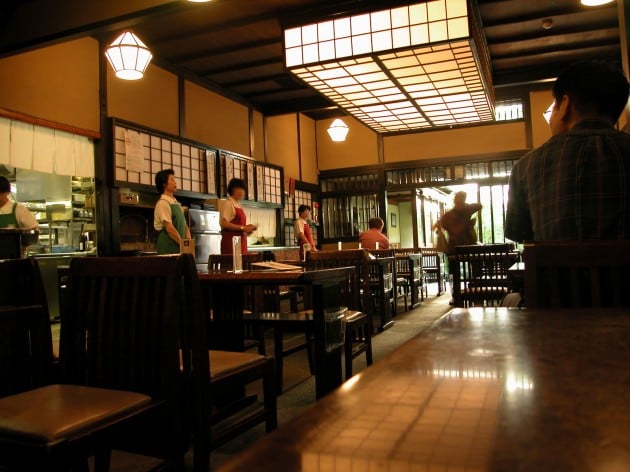
Source
We recommend Kanda Yabu Soba – it’s a restaurant with a rich history, being one of Tokyo’s oldest soba restaurants. Their specialty is kamo-nanban soba, which features large slices of duck on the soba noodles.
Cost: ¥500-1000
Where: 2-10 Kanda-Awajicho, Chiyoda-ku, Tokyo; 03-3251 0287. 5 mins walk from Awajicho Station (Marunouchi Line) or Shinochanomizu Station (Chiyoda Line).
8. Snap A Photo at a Neoprint Machine
These are relatively common in Singapore, but Tokyo wins any day in terms of variety and number. I saw one entire floor of machines just devoted to Neoprints in Akibahara. While the trend has died down in Singapore, it’s still going strong over in Tokyo. Be sure to drag your friends along – you don’t want to be snapping photos alone. These machines are usually found near or in large arcades.
Cost: ¥200-400
Where: Look for an arcade – easily found in central Tokyo
9. Indulge your inner gamer at an arcade
Source This arcade hangs out on the central street of Akihabara.
I love arcades. It’s my escape from school and sometimes, life. I’ve seen how the arcades in Singapore have changed over the last 15 years, and it hasn’t been pretty. Many of my favourite machines can no longer be found, or have been upgraded to futuristic new versions that I don’t understand completely.
I particularly remember a ‘train controller’ game where you control a JR train and have to stop it precisely at the end of the platform. Not an easy task when the speedometer is hidden and you have no idea what speed you’re travelling at!
In Japan, you’re more likely to find a machine you like. There are several retro arcades that feature 80’s and 90’s games.
A word of caution: If you decide to play a fighting game (I played the new Tekken 7), be mentally prepared to lose several matches 3-0 before you get your first round win. Life is never easy when you play at their home ground.
Note: The game featured is called Densha De Go!
Cost: ¥100 per play – a few machines cost ¥200 or ¥300.
10. Explore the history of animation at Studio Ghibli Museum
Ponyo On The Cliff By The Sea, Spirited Away, My Neighbor Totoro, Howl’s Moving Castle – these are some of the legendary films made by Studio Ghibli, one of Japan’s most successful anime film studios. Their films have won several awards, including an Academy Award for Best Animated Feature Film (Spirited Away, 2003).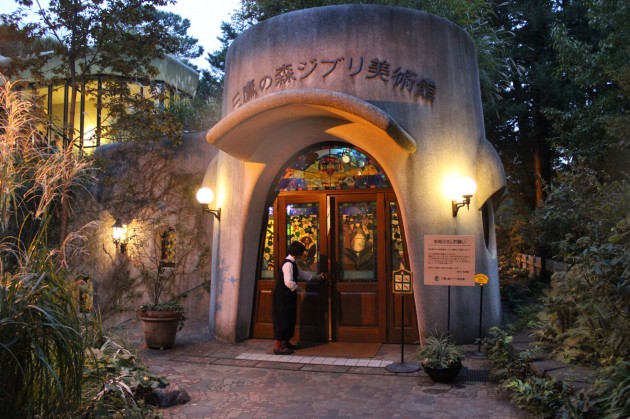
Source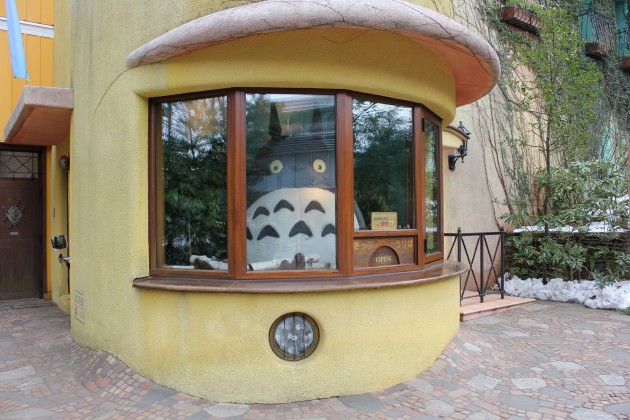
Source
If you’ve watched any of these films, you’ll want to pay a visit to the Ghibli Museum. The museum features several famous film characters, animation history, several exclusive short films, a café and a gift shop.
You’ll need to reserve tickets a few months beforehand – you can’t buy them at the museum directly. This website provides you with all the information you need for that.
Alternatively, you can get them from JTB offices in Singapore.
Cost: ¥1000 for adults
Where: 1 Chome-1-83 Shimorenjaku, Mitaka, Tokyo 181-0013, Japan. A short walk from Mitaka Station (Chuo-Sobu Line).
11. Commune with nature at Koishikawa Korakuen
Being surrounded by concrete everywhere you go is tiring. So we dropped by the Koishikawa Korakuen, one of Tokyo’s oldest Japanese gardens, believed to be 400 years old. We visited in May and found it serenely calming, although we heard that the gardens are most beautiful around late November to early December, when the maple trees reflect the color of fall with different hues of orange and red. 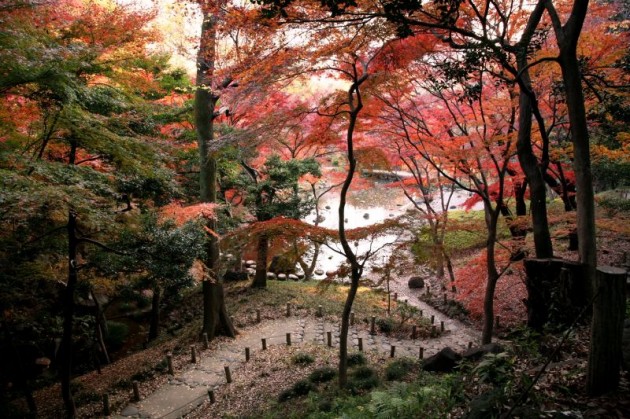
Source
Other times of the year ideal for visiting include the cherry blossom season, late March to early April, and the plum season, from mid February to March.
Cost: ¥300
Where: 5 mins walk from Iidabashi Station (JR Chuo Line; Tozai, Yurakucho, Namboku and Oedo Subway Lines. Phew!).
12. Roppongi Hills – the City within a City
A ‘city within a city’ is a new concept of urban development in Japan. Roppongi Hills features several shopping complexes, entertainment, offices, restaurants and hotels all in the same area. The closest thing I can think of in Singapore is combining Suntec City, Vivocity, and Bugis Junction into one building. There, you have Singapore’s own Roppongi Hills. 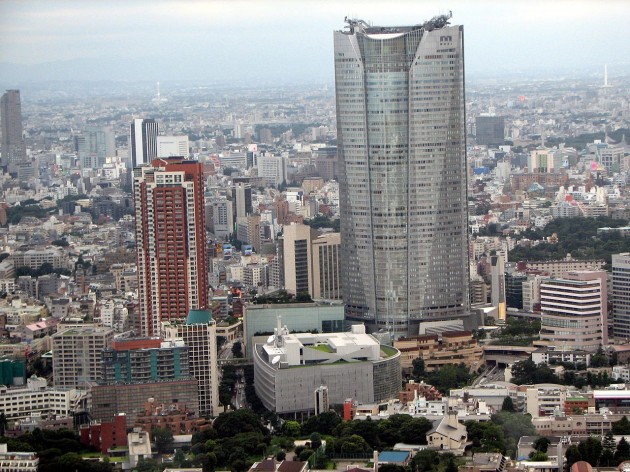
Source
The centrepiece tourist attraction in Roppongi is the 238-metre Mori Tower, one of Tokyo’s tallest buildings, which features a sky deck for observation of the city.
Where: Roppongi Station (Marunouchi / Hibiya Line)
13. Take a hot bath in a bona fide onsen
Ahh, who wouldn’t want to soak in a ridiculously hot bath and watch the world go by? There are plenty of onsens scattered around Japan. However, finding good ones in Tokyo can be difficult. We’ve picked out two in Tokyo that are good and affordable.
Utsukushi No Yu
This is one of those “super sento”, a bath house with fancy baths. It’s not quite an onsen, but it has a wide variety of “attraction baths” which features many different water jets and bathing positions to deliver a different experience in every bath. There’s even an indoor swimming pool that can be used on weekends by non-members.
Note: It takes about 45 minutes to travel here from Tokyo Station.
Cost: ¥800 on weekdays, ¥1200 on weekends.
Where: Takaido Nishi 2-3-45, Suginami-ku. 5 minutes from Takaido Station.
Musashikoyama Onsen
Musashikoyama features two kinds of hot springs – one with kuroyu water and one with gold hot spring water. Kuroyu is rich in minerals and ions and is famous for its beauty-enhancing properties. Gold hot spring water is shiny gold and is effective in treating injuries, aches, cuts and scratches. You’ll want to try both.
Note: If you do happen to travel outside Tokyo, be adventurous and try the onsen in different regions – they can provide very different experiences.
Cost: ¥450
Where: Tokyo-to, Shinagawa-ku, Oyama 3-9-1, 5 minutes walk from Musashikoyama Station (Tokyu Meguro Line)
14. Grab some prizes in an arcade
These are usually found in the same buildings as arcades, but are inherently different. With these machines, you can win T-shirts, blankets, and most common of all, anime figurines, big and small. After you win your first one, you’ll be hooked.
My friends and I reached a consensus that you should invest a small amount in ‘poking’ the prize a few times to see if it budges – if it doesn’t move an inch, give up and move on. If there’s noticeable movement, you might be able to poke it in a way that it will fall down the chute and – congratulations! You’ve won your first prize from a UFO catcher machine.
Source One of these could be yours.
This site is extremely useful for would-be prize snaggers.
Cost: ¥100 per try but let’s be realistic, no one is going to try just once!
Where: Most arcades
15. Be entranced by natural beauty in the Shinjuku Gyoen
The Shinjuku Gardens are said by some to be the most beautiful in all of Japan. They comprise three different styles: French Formal, English Landscape, and Japanese traditional. It’s fascinating how these styles are blended seamlessly into one sprawling garden. 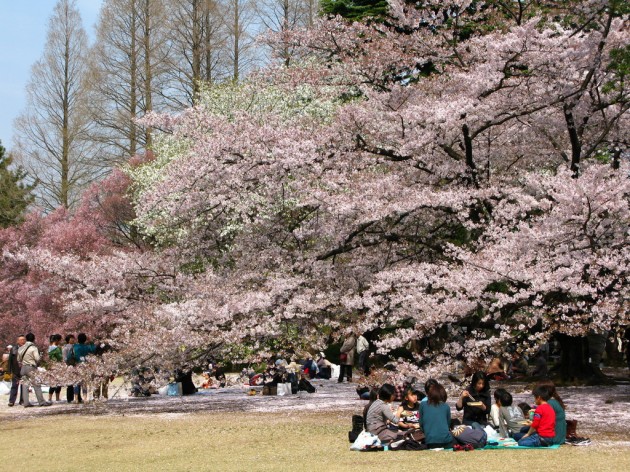
Source
Aside from Ueno Park, the gardens are another great place to view the cherry blossoms. They attract large crowds during cherry blossom season, and are one of Japan’s most unique features. This helpful English website gives you the dates of first bloom in different prefectures.
Cost: ¥200 for adults, ¥50 for children.
Where: 4 minutes’ walk from Shinjuku-sanchome station
16. Shop till you drop in Ikebukuro
Ikebukuro is a district more comprehensive than a pocket dictionary. There are five huge shopping malls around the station – Sobu, Teibu, Parco, Lumine and Marui. At the East Exit, you can find Sunshine-dori which has cheaper options, including a behemoth of a building called Sunshine City.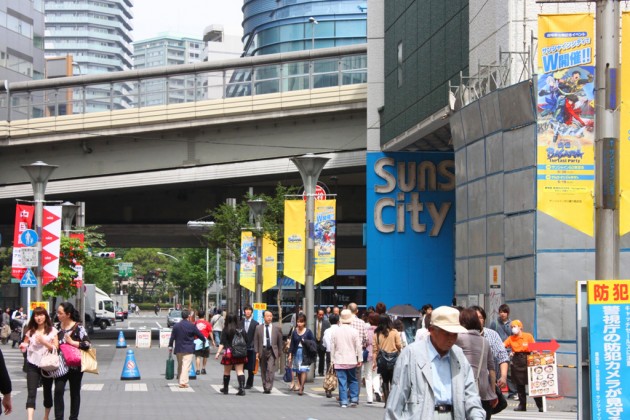
Source
Sunshine City is also home to a Disney store, Donguri Kyowakoku which sells nothing but Studio Ghibli merchandise, and the Pokemon Megacenter, the largest Pokemon centre in Japan.
There are enough anime shops here to rival Akihabara, with a 9-storey Animate, a Mandarake, and K-Books, a doujinshi shop.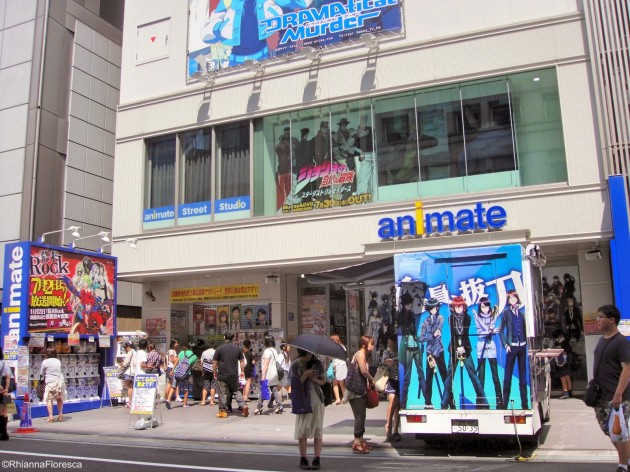
Source
We’re not done! Sunshine City also has an aquarium, a planetarium, an indoor amusement park, and an observatory. This should be enough shopping and entertainment for a day. Probably a week.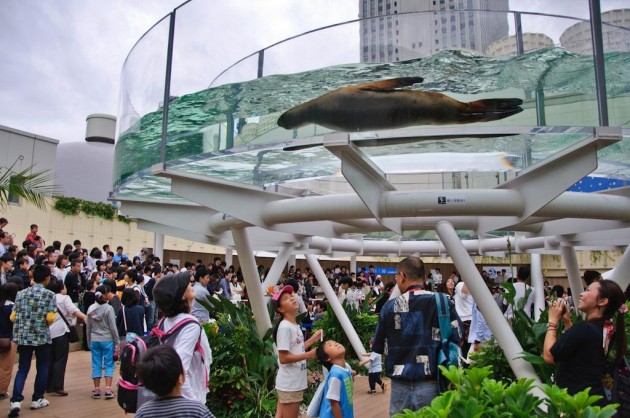
Source
Ikebukuro is such a hub of activity, it’s also the setting for a relatively well-known anime – Durarara.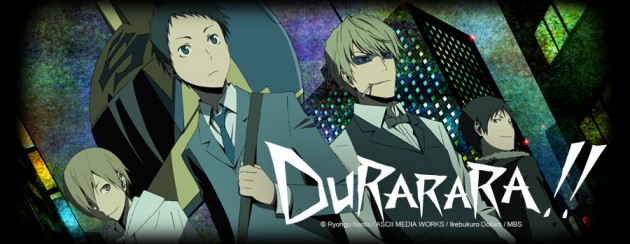
Source
Where: Ikebukuro Station. Get out and look around!
Much to do, so little time!
We’ve given you our recommendations – time to stop reading and get going. Watching everything on YouTube or reading about it isn’t quite the same as being there and breathing in the fresh Takao air or soaking in the rich waters of an onsen. If we’ve missed out any great activities for the traveller on a budget, let us know below!
I can read minds. You will also like:
|
|
